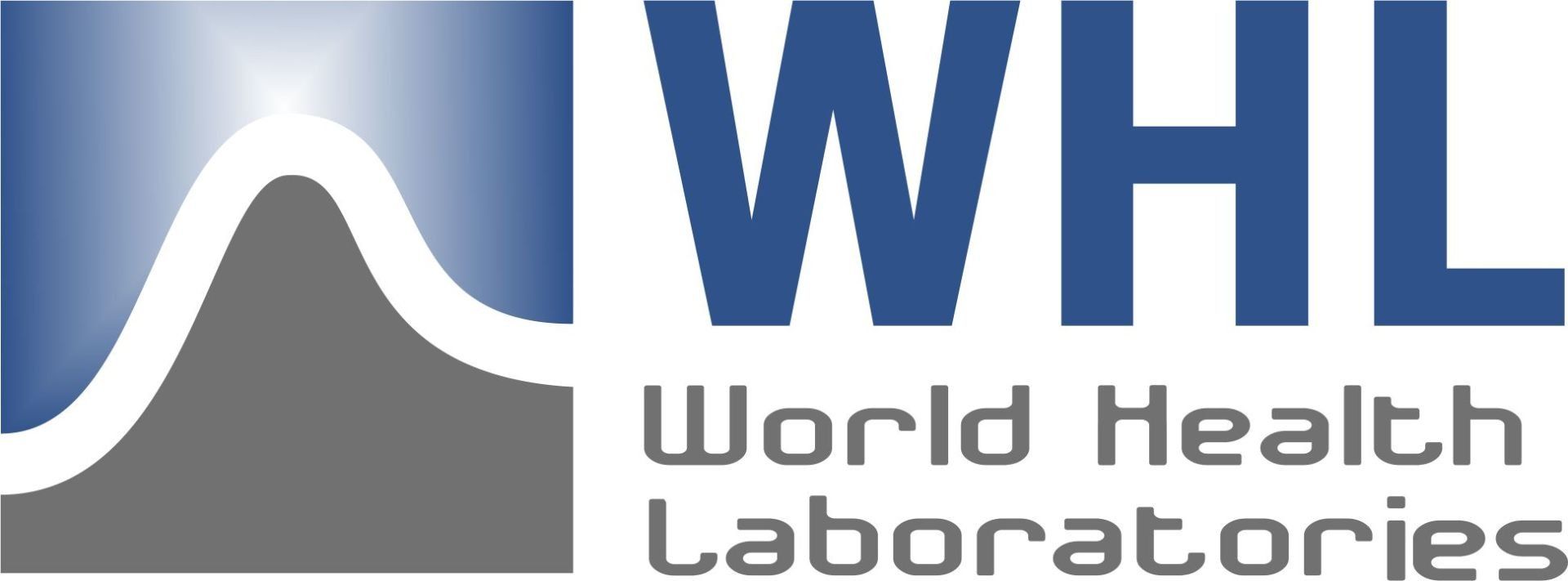ADRENAL HORMONES IN SALIVA
Adrenal Hormones In Saliva
Test for measuring adrenal function and the body's ability to handle stress
In this test the content of the hormones (free) cortisol and DHEA (-S) produced in the adrenal cortex is measured in saliva. The levels are measured in four saliva samples that are collected at four fixed times in the course of 24 hours. This provides information about the level of said hormones during the course of the day. This is particularly important for the cortisol, which exhibits a clear circadian rhythm, with a high peak in the morning and a gradual decrease over the course of the day until midnight. The DHEA-S exhibits a less pronounced (weak) circadian rhythm, with a more or less stable level from around noon until noon. The levels of (free) cortisol and DHEA-S in saliva show a good correlation with the levels in blood (plasma) .1.2.6 For measuring hypercortisolism (too high a cortisol production), the saliva test is even a more sensitive method .1 The test provides information about the functioning of the hypothalamic-pituitary-adrenal axis (see next heading), about adrenal function and about the body's ability to handle stress
CORTISOL AND DHEA
Cortisol is the most important steroid hormone produced by the adrenal glands. The production of this hormone is under the influence of the hypothalamus. Under stressful conditions, the hypothalamus secretes corticotrophin releasing factor (CRF) that induces the pituitary gland to excrete adrenocorticotropic hormone (ACTH). This ACTH stimulates the adrenal cortex to produce cortisol, which, among other things through the stimulation of glucose formation, ensures that sufficient fuel is available to respond adequately to the stress. Afterwards the cortisol inhibits the production of CRF and ACTH via a negative feed back.
The cortisol production is subject to a day-to-night rhythm, with a high peak in the morning and a decrease during the day, with the lowest level around midnight. As a result of stress (physical ), the cortisol level (temporarily - as long as the stress lasts) may deviate from this rhythm (be increased) because the feed back mechanism is (temporarily) overruled by the stressor.
By measuring the cortisol level at four fixed times in the course of 24 hours, an image is obtained of the person's ability to handle the stress to which he / she is exposed.
Another hormone produced by the adrenal glands is the steroid hormone DHEA which is mainly present in the circulation in its sulphonated form DHEA-S. DHEA is an intermediary in the production of the hormones testosterone, estradiol and estrone. The DHEA-S present in the circulation (and saliva) shows only a weak day-night rhythm.
By measuring the cortisol level at four fixed times in the course of 24 hours, an image is obtained of the person's ability to handle the stress to which he / she is exposed.
Another hormone produced by the adrenal glands is the steroid hormone DHEA which is mainly present in the circulation in its sulphonated form DHEA-S. DHEA is an intermediary in the production of the hormones testosterone, estradiol and estrone. The DHEA-S present in the circulation (and saliva) shows only a weak day-night rhythm.
By determining DHEA-S in addition to cortisol and plotting it against the cortisol value, valuable extra information is obtained about the functioning of the adrenal glands.
When is it meaningful to determine cortisol and DHEA-S saliva?
- It may be useful to measure cortisol and DHEA-S in saliva with the following symptoms:
- Anorexia
- Depression
- Problems of the immune system (cortisol has an anti-inflammatory and anti-inflammatory effect) 5
- Menstrual complaints (cortisol is formed from progesterone and with increased cortisol (stress) this conversion will take place more rapidly, which may have an effect on the progesterone level. DHEA is the precursor of estrone and estradiol).
- (Chronic) Fatigue / Exhaustion / Overstrain / Burn out.
- Overweight
- Schizophrenia
- Insomnia (excessive cortisol levels may play a role) 3
- Problems with sugar metabolism (including hypoglycaemia)
- Problems with thyroid function (high cortisol levels can inhibit thyroid function and lead to hypothyroidism) .4
- (Chronic) Stress
- Investigating the effect of a therapy aimed at correcting the cortisol (and / or DHEA) level.
LITERATURE:
1.
Vining R.F. et al. Salivary cortisol: a better measure of adrenal cortical function than serum cortisol. Ann Clin Biochem 20:329, 1983.
2. Reid J.D. et al. The relationship of serum and salivary cortisol in a sample of healthy elderly. J. Gerontol. 47:176, 1992.
3. Born J et al. Night-time plasma cortisol secretion is associated with specific sleep stages. Bio Psychiat. 21:p.1415 1986.
4. Barnes BO et al.. Hypothyroidism: the unsuspected illness. P 206-207. Harper and Row Pub NY 1976.
5. Hiemke C et al. Circadian variations in antigen-specific proliferation of human T lymfocytes and correlation to cortisol production. Psychoneuroendocrin. 20: 335, 1994.
6. Lac G et al. Steroïd assays in saliva: a methodto detect plasmatic contaminations. Archiv. Int. Physiol. Biochem. Biophy. 101:p.257, 1993.
ADDRESS Europe
WHL | World Health LaboratoryRegulierenring 93981 LA BunnikThe NetherlandsPhone: +31 30 2871492Fax: +31 30 2802688CC: 58481087
ADDRESS North America
HDRI| Health Diagnostics and Research Institute 540 Bordentown Avenue, Suite 2300 South Amboy, NJ 08879Phone: +1 732-721-1234Fax: +1 732-525-3288
OPENING HOURSAPPOINTMENT ONLY:
- Mon - Fri
- Appointment Only
- Sat - Sun
- Closed
Yes, download Request Form


